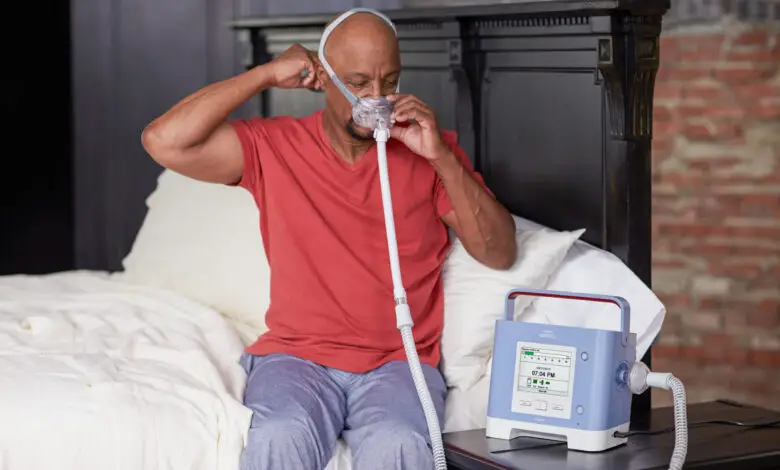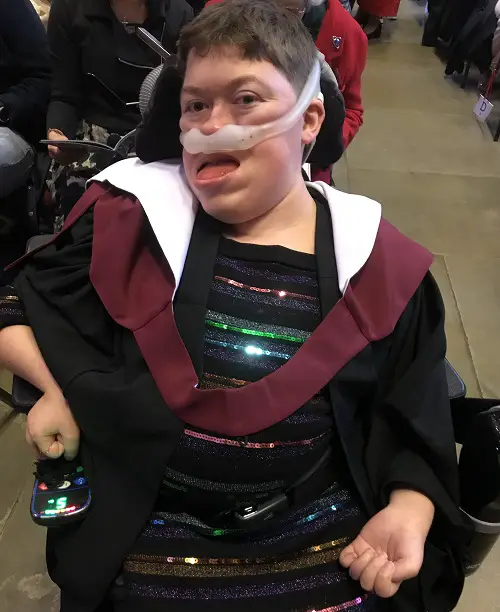
6 misconception about ventilators debunked
For many people, ventilators only came onto their radar this year when the Covid-19 pandemic hit. But do people really know much about them, and is what they believe or have read true? As Covid-19 cases start to rise again, our writer, Raya AlJadir, who uses a ventilator full-time because of her disability, debunks 6 myths around them.
When the Covid-19 pandemic gripped the world, there was a surge in ventilators being mentioned across the media, and an uplift in demand for their availability.
All of a sudden, ventilators were actually trending on Twitter and other social media platforms. However, many people are still oblivious to what a ventilator does and how it serves those who require one.
Before I bust some misconceptions, let me explain the basics about ventilators…
Although there is a wide range of ventilators, there are essentially two main types – invasive and non-invasive. Within these two categories, there are a few variations.
Invasive ventilators
- Invasive ventilation/Endotracheal intubation – the tube is inserted into the patient’s airway (trachea) through the mouth or nose.
- Tracheostomy – the tube is inserted through a hole made into the airway.
The type of ventilators that have been used to treat people with Covid-19 is invasive ventilation with a tube inserted into the patient’s airway. This is often performed in a hospital intensive care unit. But this isn’t the only kind of ventilator.
Non-invasive ventilators
Non-invasive ventilators come with masks and can be used at home. The three kinds are:
- Continuous positive airway pressure (CPAP) – delivers constant and steady air pressure.
- Autotitrating (adjustable) positive airway pressure (APAP) – changes air pressure according to the person’s breathing pattern.
- Bilevel positive airway pressure (BiPAP) – delivers air with different pressures for inhalation and exhalation.
My experience of using a ventilator
I began using a non-invasive ventilator (BiPAP) at the mere age of 13. I had no idea back then what using a ventilator entailed, nor did I have a clue what it was or what job it does.
I was given a ventilator because of respiratory failure, which is common in people with congenital muscular dystrophy. One day, I just woke up with blue lips and fingernails.
The doctors discovered that I had high levels of carbon dioxide in my system because my lungs were going to ‘sleep’ at night. They are slightly weaker than the ‘norm’, so I was not getting enough oxygen into my body.
All the ventilator actually does is push air into my lungs so that they keep working, even when they are weak.
You might be surprised to hear this, but I love my ventilator. It has been my lifeline and given me a much better quality of life.
Yet, sadly, many people don’t recognise the value of ventilators and their view is clouded by negative connotations attached to them.
I want to change that, so I have compiled a list of six misconceptions about ventilators that I or other ventilator users have been subjected over the years.
1. Using a ventilator means it’s the end

People assume that as soon as a person starts using a ventilator their days are numbered! In fact, for most people with a muscle-wasting condition that impacts their respiratory function, it’s actually the opposite.
Starting to use a ventilator means a longer life span. Prior to the introduction of ventilators, people like me wouldn’t have lived beyond their teenage years.
2. Ventilators provide oxygen
Ventilators push air that has been filtered into someone’s lung, but they do not necessarily give them oxygen.
You would be able to spot this easily if you looked at the machine – oxygen requires a cylinder and ventilators don’t have cylinders.
Having said that, some people do require both the ventilator and oxygen as well. This combination is quite visible to see.
3. You need to be hospitalised to use a ventilator
People often think that ventilators are restricted to a hospital setting and intensive care units – but that’s not true.
Ventilators are used at home, out and about, on aeroplanes, trains and basically, anywhere the user goes.

4. Using a ventilator makes you fragile
Just because a person’s respiratory function is weaker than the average, it does not mean they are weak or ‘ill’. Aside from people suffering from Covid-19, many people on ventilators can function just like anyone else.
I have been a freelance journalist for many years, and have interviewed people, travelled to conferences and events and given talks to big crowds. It just takes a little more planning and adaptions to do so.
5. You can’t communicate or eat with a ventilator
As my previous point attests, you can live a ‘normal’ life while using a ventilator.
I have heard people say that if you use one, then it must be too strenuous to speak and that eating is not possible. Both are myths – someone on a ventilator can eat and talk perfectly fine and often with ease.
6. You can’t have an active life
There are many people who use a ventilator that are in great jobs, living a wonderful life.
Dr. Victor Pineda is a great example. He is an international speaker and consultant on accessibility-related issues. Baroness Jane Campbell, who is a member of the House Of Lords, is also a ventilator user.
Ventilators don’t stop people from progressing professionally or living their lives. They simply assist someone in being able to fulfil these goals.
By Raya AlJadir
More on Disability Horizons…